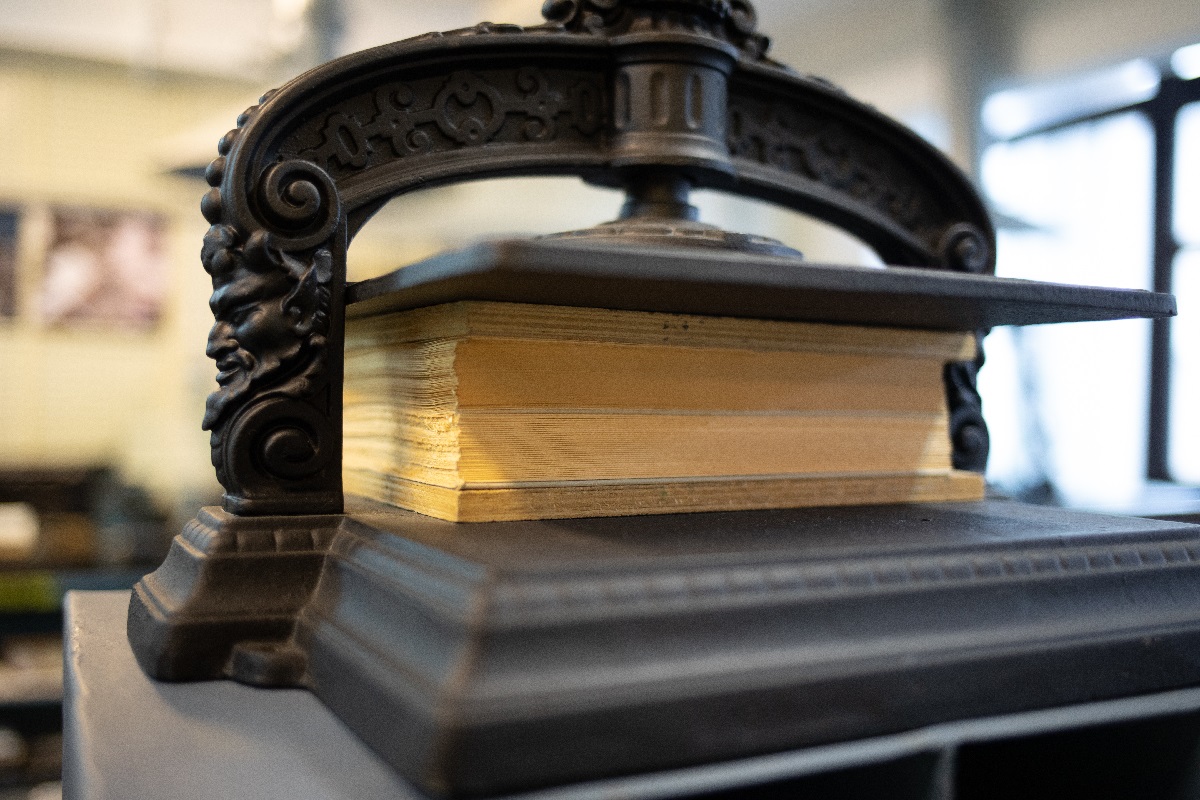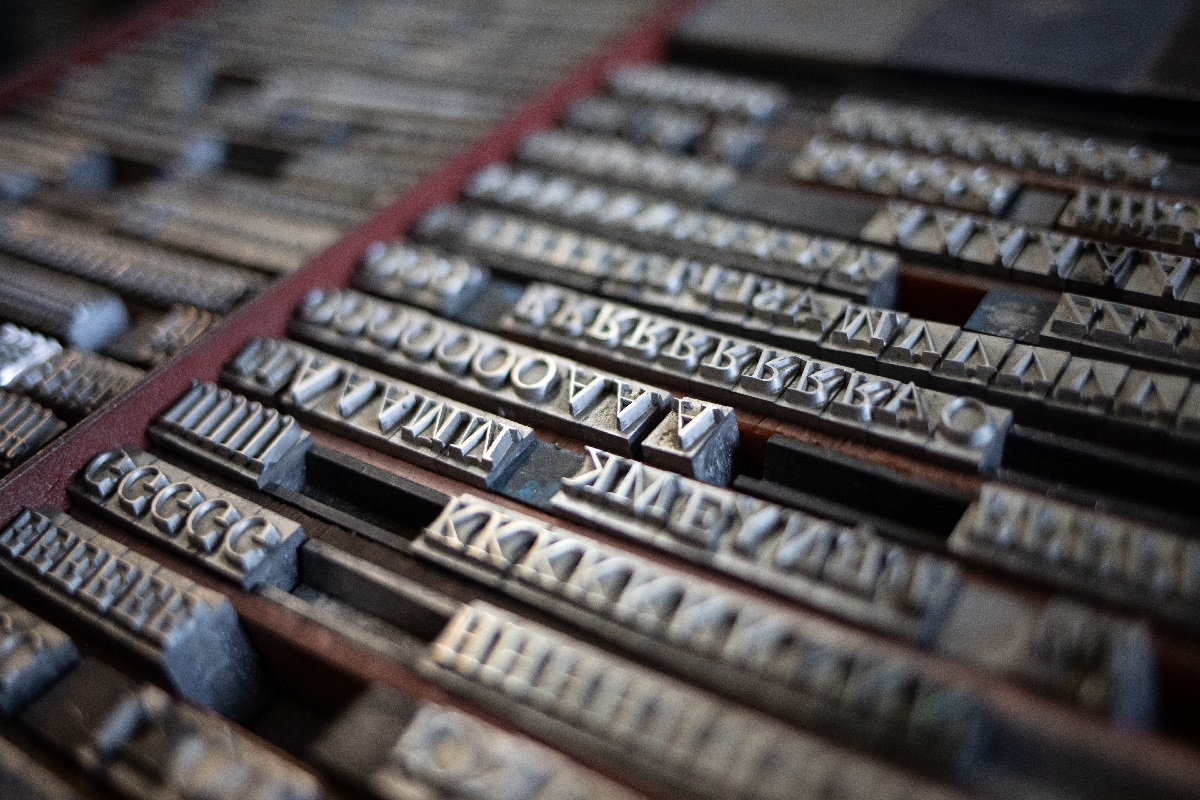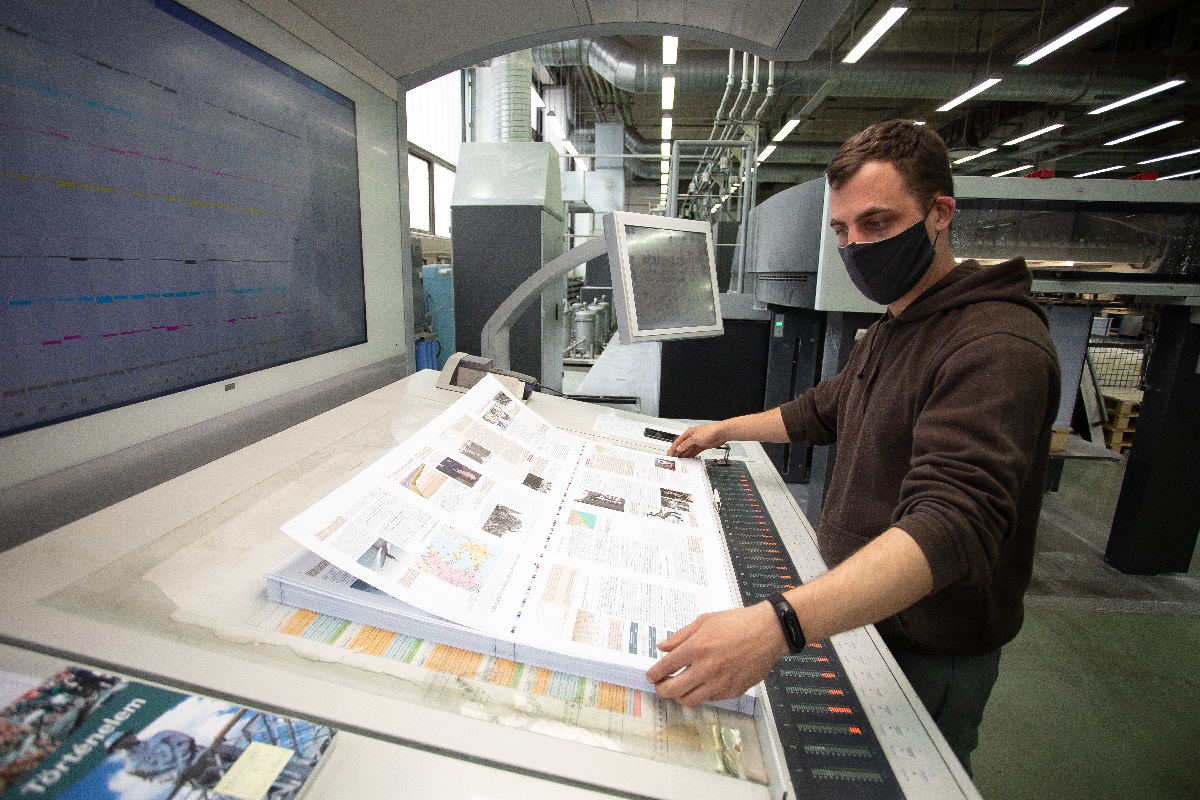The longest-running printing company of Hungary, Alföldi Printing House, is 460 years old today, in 2021.

It was here in Debrecen that Gál Huszár, Protestant preacher, set up his printing press in 1561. In May that year he printed the first product of the Debrecen printing press, Péter Melius Juhász’s book Az Szent Pal apastal levelének, melyet a kolossabelieknek írt, prédikáció szerint való magyarázata (Commentary on Saint Paul’s letters to the Collosians). The first products of the press were exclusively about theology. In the 17th century already a great number calendars, romances and verse chronicles were published with the support of the town council, the nobles and rich citizens. The Debrecen printing press delivered the highest number of works printed in Hungarian. In 1719 the printing house was destroyed by fire, so the press was set up again in the town hall, only to come under the authority of the council later on in the 18th century. In this period mostly hymnals and psalm-books were published in great quantities. At the same time the publication of Hungarian-language literary works and secular histories was pushed to the background, hindering the development of a national literature. In the early 19th century there were substantial advancements in the printing industry (lithography, the Stanhope press, the rotary press, the high-speed press). As a result of the events of the Revolution and War of Independence of 1848-1849, workload was multiplied with the publication of proclamations, pamphlets, official and festive speeches, poems and notices. In June 1848 the periodical Alföldi Hírlap, Debrecen’s first political weekly, was launched by the printing house, and in 1849 they printed The Declaration of Independence of the Hungarian Nation. In the years of absolute rule only martial law statutes and other German-language materials were printed, but the following decades saw the publication of more and more Hungarian newspapers and literary works.

In 1905 after significant technological investment the city council made a resolution: ‘the municipal printing house shall come under separate management as an independent industrial enterprise’, that is, it became a modern industrial works owned by the municipality but of autonomous economic management. In 1910 it was first among the rural printing houses to be retooled with typesetting machines. The early-20th-century impetus of the Debrecen printing industry, however, came to a halt with the outbreak of the First World War. In 1918 the printing house purchased its current seat, the Böszörményi Street premises of the former Metal Works, where work started in 1921 after remodelling. The Transtibiscan Reformed Church District became a co-owner of the printing press; with the capital increase, the prestige of the church and its monopoly of textbooks the printing house expanded, and by the merger of two smaller presses they opened the company Méliusz Book Sellers. At the time of World War II, as a result of large-scale construction and technological development, the printing house operated altogether 42 automatic printing presses. In 1948 the Municipal Printing House was transformed into Alföldi Printing Press National Corporation in accordance with Government Decree No. 8230/1948.

In 1964 a new production hall, warehouse and cultural hall were built, and the machinery was modernised (they installed offset rotary printing machines, which were involved in printing the first ever colour daily in the entire country). 1975 was the year of the technology of phototypesetting. The printing house developed an own system for the computerised processing of texts, which was much ahead of its time. Between 1976 and 1978 large-scale investments from own resources brought about a new hall, tooled with the then most productive book manufacturing system, the Cameron–Sheridan line. In summer 1993 the Alföldi Printing House was transformed into a state-owned joint stock company. From 2001 modern digital procedures and tools replaced the former technologies of high operational demand (monochrome and CMYK digital printing machines, CMYK and five-colour offset machines, a book-binding line). To support and practice environmental protection, the company – consuming thousands of tons of paper annually – has joined the cause of sustainable forestry by acquiring the FSC certificate.

© debrecenliterature.hu All Rights Reserved Privacy Policy